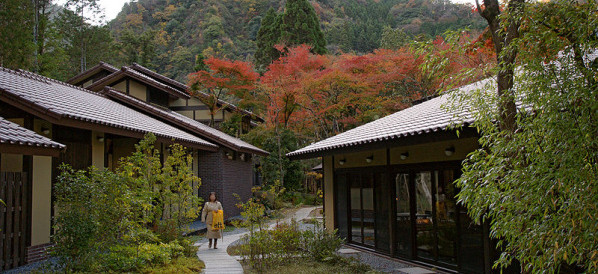 4 词条
4 词条主页 > 词条 > 塞尔维亚 (SR) > Арте повера
Арте повера
The term Arte Povera was introduced by the Italian art critic and curator, Germano Celant, in 1967. His pioneering texts and a series of key exhibitions provided a collective identity for a number of young Italian artists based in Turin, Milan, Genoa and Rome. Arte Povera emerged from within a network of urban cultural activity in these cities, as the Italian economic miracle of the immediate post-war years collapsed into a chaos of economic and political instability. The name means literally 'poor art' but the word poor here refers to the movement's signature exploration of a wide range of materials beyond the quasi-precious traditional ones of oil paint on canvas, or bronze, or carved marble. Arte Povera therefore denotes not an impoverished art, but an art made without restraints, a laboratory situation in which any theoretical basis was rejected in favour of a complete openness towards materials and processes. Leading artists were Giovanni Anselmo, Alighiero Boetti, Pier Paolo Calzolari, Luciano Fabro, Piero Gilardi, Jannis Kounellis, Mario Merz, Marisa Merz, Giulio Paolini, Pino Pascali, Giuseppe Penone, Michelangelo Pistoletto, Emilio Prini and Gilberto Zorio. The heyday of the movement was from 1967-1972, but its influence on later art has been enduring. Can also be seen as Italian contribution to Conceptual art.
您想要说什么?
新闻词条
精选词条
Риокан
Риокан је врста традиционалне јапанске гостионице која потиче из Едо периода (1603-1868), када су такве кафане служиле путнике дуж јапанских ...





